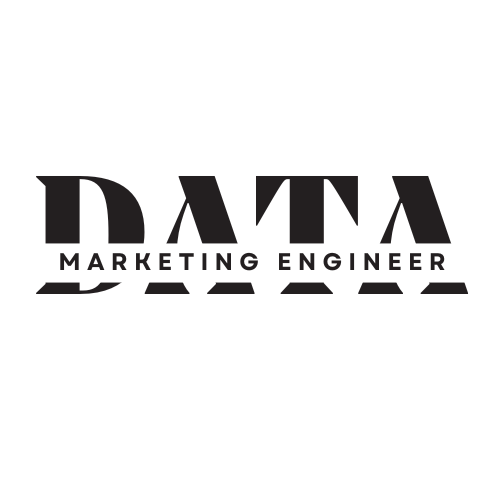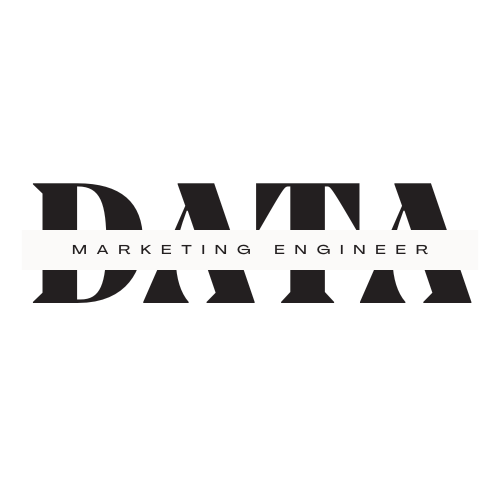Ever wonder how all your marketing data magically comes together in one place? Spoiler alert: It’s not magic—it’s marketing data engineering! If you’ve ever felt overwhelmed by spreadsheets, dashboards, and disconnected analytics, you’re not alone. This guide will break it all down in a fun, non-techy way so you can finally understand how data engineering makes marketing smarter, faster, and more effective.
What Is Marketing Data Engineering
Let’s start with the basics: Marketing data engineering is the process of collecting, organizing, and automating marketing data so you can actually use it. Think of it like meal prepping—your ingredients (data) need to be cleaned, chopped, and stored properly before you can cook up a great campaign!
Unlike traditional analytics, which focuses on what happened, data engineering ensures you have reliable, structured data so you can make better marketing decisions.
Marketing Data Engineering vs. Data Analytics
If you’ve ever wondered about the difference between marketing data engineering and data analytics, you’re not alone—and the lines can get blurry fast. In simple terms, data engineering is all about building the systems and pipelines that collect, clean, and move your marketing data, while data analytics focuses on interpreting that data to make smarter decisions.
Think of data engineers as the builders who set up the plumbing, and analysts as the strategists who read the gauges and decide where to steer next. Both roles are essential to a strong marketing data strategy, especially if you want accurate insights without spending hours cleaning spreadsheets. Understanding how marketing data engineering and data analytics work together can help you unlock better performance and make your campaigns truly data-driven.
| Feature | Data Analytics | Marketing Data Engineering |
| Focus | Interpreting past performance | Organizing and automating data collection |
| Tools | Google Analytics, Tableau | BigQuery, Snowflake, ETL tools |
| Goal | Insights & reporting | Data flow & infrastructure |
Why Is Marketing Data Engineering Important?
Marketing data engineering is more than just a buzzword—it’s the engine behind effective, data-driven campaigns. In today’s digital landscape, marketers are working with tons of data from platforms like Google Ads, Facebook, email tools, CRMs, and more.
Without a solid system to collect, clean, and organize that data, it’s easy to get stuck in spreadsheet chaos and miss out on valuable insights. That’s where marketing data engineering comes in. It ensures your data is accurate, accessible, and ready for analysis—so you can make smarter decisions, move faster, and get better results from every campaign.
Marketing without clean data is like driving blindfolded—dangerous and totally unnecessary! Here’s why you should care:
- Saves Time – No more manual reports or messy spreadsheets.
- Better Insights – Clean, structured data means smarter decision-making.
- Scalability – Automate workflows so your team can focus on strategy, not data wrangling.
- Improved ROI – Get accurate campaign performance tracking to optimize ad spend.
Example: Imagine running Facebook Ads, Google Ads, and email campaigns but tracking results separately. With marketing data engineering, all data flows into one place automatically, giving you a 360-degree view of performance without lifting a finger.
Key Components of Marketing Data Engineering
To build a successful, data-driven SEO and marketing strategy, it’s crucial to have a solid foundation for handling your data. From collection to automation, each step plays a vital role in ensuring your insights are accurate, actionable, and scalable. Here’s a breakdown of the key components involved in setting up an efficient data infrastructure for digital marketing success:
1. Data Collection
Where is your data coming from? Ads, CRM, social media, website analytics—it all needs to be gathered in a structured way.
2. Data Storage
Instead of scattered CSV files, data is stored in warehouses like Google BigQuery or Snowflake, making it easily accessible.
3. Data Transformation (ETL)
ETL (Extract, Transform, Load) tools clean and organize data so it’s usable. Popular choices include dbt, Apache Airflow, and Hevo Data.
4. Automation
Marketing teams use automation tools like Zapier, Fivetran, or Segment to streamline workflows and reduce manual labor.
How You Can Benefit Without Being Engineers
You don’t need to be a data engineer to take advantage of powerful marketing data tools. In fact, today’s platforms are designed to help you tap into automation, analytics, and data-driven insights—without writing a single line of code. Whether you’re tracking campaign performance, optimizing budgets, or building reports, there are plenty of ways to streamline your workflow and make smarter decisions using marketing data engineering tools.
- Use No-Code Tools: Google Data Studio, HubSpot, and Looker make analytics accessible.
- Start Small: Focus on automating one repetitive task at a time (e.g., weekly reports).
The Future of Marketing is Data-Driven
Gone are the days of guessing what works in your marketing strategy—the future of marketing is 100% data-driven. With access to real-time insights, advanced analytics, and automated reporting tools, you can now make smarter, faster decisions that actually move the needle. Whether you’re optimizing ad spend, personalizing customer experiences, or tracking ROI across multiple channels, data is at the center of it all. Embracing a data-driven marketing approach not only helps you stay competitive but also ensures every campaign is backed by solid numbers—not just gut feelings.
Marketing data engineering helps you work smarter, not harder by streamlining data collection, storage, and analysis. The result? More accurate insights, better campaigns, and higher ROI.
Ready to level up your marketing data game?
Subscribe to our blog for more data-driven marketing tips!







